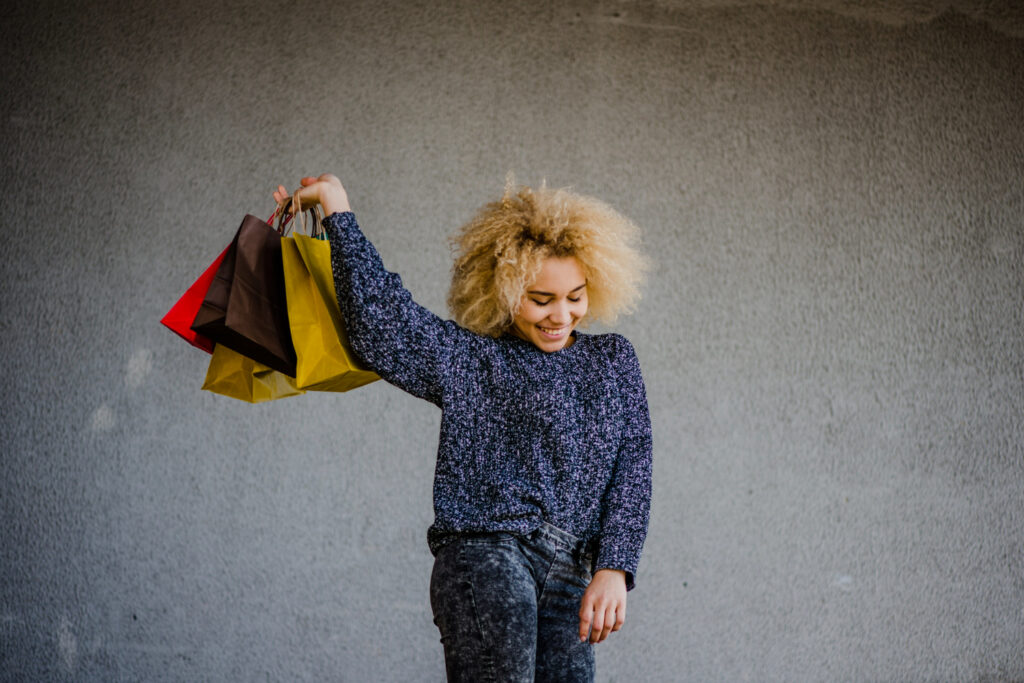Your checkout area is one of the most valuable pieces of real estate in your store. It’s where customers make last-minute decisions, where small products can lead to big profits, and where strategic placement can increase overall revenue. Optimizing your checkout area isn’t just about throwing some candy near the register—it’s about understanding consumer psychology and using the right displays to encourage impulse purchases.
In this guide, we’ll break down the science behind impulse buying and provide actionable tips on how to set up your checkout area for maximum profitability.
Why Impulse Buys Matter
Impulse purchases account for a significant percentage of retail sales. Studies show that nearly 80 percent of consumers make impulse buys, often driven by emotions, convenience, or an attractive deal. The checkout counter is the last touchpoint before they leave, making it the perfect opportunity to capture these additional sales.
Key Reasons Why Customers Make Impulse Purchases:
- Convenience – Easy-to-grab products that don’t require much thought.
- Fear of Missing Out (FOMO) – Limited-time offers or low-stock items create urgency.
- Emotional Triggers – Items that solve small, immediate problems, such as gum for fresh breath or batteries for a gadget.
- Low Price Point – Cheaper items require less decision-making effort, making them easy add-ons.
Best Practices for Optimizing Your Checkout Area
1. Choose the Right Fixtures for Your Space
The displays you use in your checkout area play a critical role in how products are perceived and purchased. Here are the best options for maximizing space and sales:
- Countertop Display Racks – Perfect for small, high-margin items like candy, gift cards, or travel-sized products.
- Pegboard or Slatwall Fixtures – Great for hanging impulse items such as phone chargers, accessories, or seasonal promotions.
- Freestanding POP Displays – If space allows, a rotating or tiered display near the checkout area can hold an assortment of small products without feeling cluttered.
- Acrylic Bins – Ideal for loose items like lighters, keychains, or snacks.
Pro Tip: Position the highest-margin items closest to the register where they’re easiest to grab.
2. Stock the Right Impulse Products
Certain products perform better in checkout areas due to their low price, high turnover, and universal appeal. Here’s a breakdown of high-performing impulse categories:
- Snacks and Beverages – Gum, mints, candy bars, bottled drinks, and energy shots.
- Low-Cost Accessories – Phone chargers, earbuds, lighters, keychains, and small gadgets.
- Necessities and Essentials – Batteries, hand sanitizer, lip balm, and travel-size toiletries.
- Seasonal and Trendy Items – Holiday-themed products, small gifts, or limited-time merchandise.
- Novelty Items and Quick Fixes – Fidget toys, lottery tickets, or scratch-off cards.
Pro Tip: Rotate products based on seasons and trends. For example, place lip balm in winter and sunglasses in summer.
3. Leverage Signage and Pricing Tactics
Strategic signage can drive urgency and make impulse purchases more appealing.
- Use Action-Oriented Phrases – Signs that say “Grab One on Your Way Out!” or “Limited Stock – Don’t Miss Out!” increase engagement.
- Highlight Small Add-Ons – Call out deals like “Buy Two, Get One Free” to encourage multiple purchases.
- Utilize Digital Screens – If you have digital signage, showcase product features, bundle offers, or time-sensitive promotions.
Pro Tip: Price impulse items in whole-dollar amounts ($5 instead of $4.99) to make checkout smoother.
4. Train Cashiers to Upsell Without Being Pushy
Your checkout staff plays a key role in optimizing impulse sales. Instead of aggressive upselling, train employees to use casual, helpful prompts:
- “Would you like to add a pack of gum for just $1?”
- “We have a deal on lighters today—buy two, get one free.”
- “That charger goes great with the phone case you picked up.”
Pro Tip: By making the suggestion feel natural and beneficial, customers are more likely to say yes.
5. Keep the Checkout Area Organized and Clutter-Free
A messy checkout area can overwhelm customers and discourage impulse buys. Here’s how to maintain a clean, inviting space:
- Limit product selection – Too many options can cause decision fatigue. Stick to five to ten high-performing items.
- Use tiered displays – Make sure products at the back are visible and easy to reach.
- Keep checkout counters clear – Ensure customers have enough space to place their items down comfortably.
Pro Tip: Test different product arrangements to see what sells best. A small shift in placement can make a big difference in sales.
How to Measure Success
Tracking the effectiveness of your checkout optimization strategy is key to making improvements. Here are some metrics to monitor:
- Sales Lift for Impulse Items – Compare weekly or monthly sales data before and after making changes.
- Transaction Size and Average Order Value (AOV) – If impulse sales increase, your AOV should rise.
- Conversion Rates for Checkout Products – Measure how many customers buy checkout items versus how many pass on them.
Pro Tip: Use A/B testing to see what works best—try different signage, product arrangements, and promotions. Just remember not to test too many factors at once!
Conclusion
Optimizing your checkout area isn’t just about throwing products near the register—it’s about strategic placement, product selection, and customer psychology. By stocking the right impulse buys, using eye-catching displays, and training your staff to make subtle upsells, you can significantly boost sales without increasing customer acquisition costs.
Want to get started? Specialty Store Services offers a range of checkout fixtures, displays, and retail solutions to help you optimize your space for impulse buying success.

